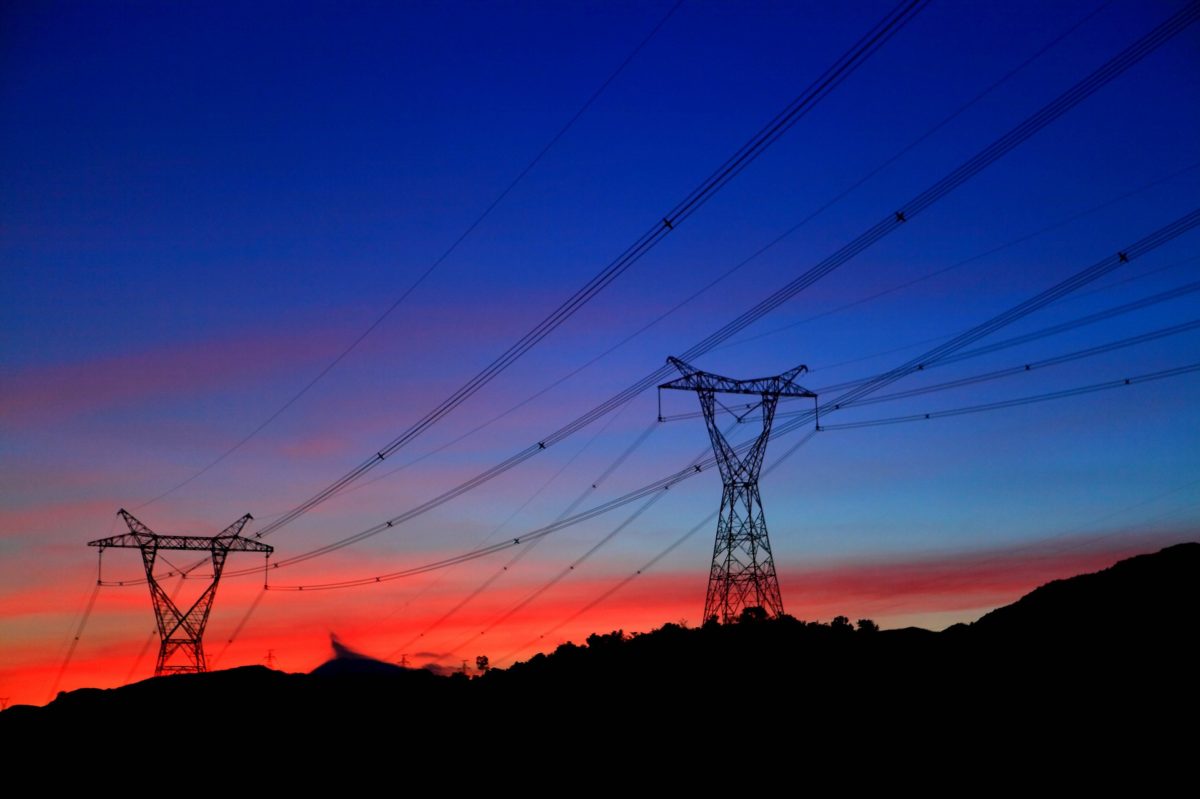South African electricity supplier Eskom has announced the details of 343 MW of battery energy storage deployments. The rollout is expected to serve as a proof of concept on the delivery of battery storage projects in the country.
Eskom’s multi-site project represents the first part of a 500 MW BESS initiative announced by President Cyril Ramaphosa, under the government’s measures to address South Africa’s long-running electricity crisis. Last week, the utility said it had selected South Korea’s Hyosung Heavy Industries and China’s Pinggao Group in a competitive solicitation process. The two companies were awarded contracts to design, supply, and install the battery projects, in addition to providing O&M services for a five-year period.
The buildout will include large-scale batteries with capacities of 1,440 MWh per day and 60 MW of solar, which will be implemented in two phases across 12 sites in South Africa. The first phase will include the installation of around 199 MW/833 MWh of battery storage projects alongside 2 MW of PV, while the second phase will involve the rollout of 144 MW/ 616 MWh of battery capacity and 58 MW of solar.
The distributed battery storage projects will be located in remote areas with limited access to Eskom’s distribution network, but close to renewable energy plants operating as independent power producers (IPPs), the utility said. First-phase projects are scheduled for commissioning by June 30, 2023, while the second phase is expected to follow by December 2024. The rollout will be co-financed by the African Development Bank, New Development Bank, the World Bank, and the Clean Technology Fund (CTF).
Eskom expects the projects to demonstrate the role of batteries in enabling the integration of renewables into the country’s energy mix, while helping to alleviate the pressure on the national electricity grid. The project will primarily be used for national peak shaving purposes for four hours per day for at least 250 days of the year, the utility said. It will also be used secondarily for ancillary services and local network support.
Frequent outages
Keeping the lights on has long been a challenge for Eskom. To mitigate this, the utility has launched tenders to procure energy from dispatchable resources, including gas generators and solar-plus-storage projects.
Norwegian renewables developer Scatec broke ground in July on the biggest project awarded through Eskom’s Risk Mitigation Power Procurement Program tender. Once operational, the project will feature 540 MW of solar PV and 225MW/1,140MWh of battery storage capacity, and provide 150 MW of dispatchable power under a 20-year power purchase agreement to the Kenhardt region, which is currently suffering from power shortages.
In recent weeks, the South African utility has been forced to implement rolling blackouts due to a shortage of generation capacity. In June, it started implementing so-called “Stage 6” power cuts – or load shedding – for only the second time in its history. This meant that most South Africans were without power for at least six hours a day. In the meantime, the level of outages has been lowered with additional power cuts.
“But ultimately to put load shedding to bed, what we need is additional capacity because the system as it is at the moment is still unreliable and unpredictable,” Chief Executive Andre de Ruyter recently said.
This echoes plans to deliver significant amounts of renewable energy capacity through the next round of South Africa's Renewable Energy Independent Power Producer Procurement Program (REIPPPP). In July, Ramaphosa said that the amount of new generation capacity procured through bid window six for wind and solar power would be doubled from 2,600 MW to 5,200 MW.
This content is protected by copyright and may not be reused. If you want to cooperate with us and would like to reuse some of our content, please contact: editors@pv-magazine.com.




2 comments
By submitting this form you agree to pv magazine using your data for the purposes of publishing your comment.
Your personal data will only be disclosed or otherwise transmitted to third parties for the purposes of spam filtering or if this is necessary for technical maintenance of the website. Any other transfer to third parties will not take place unless this is justified on the basis of applicable data protection regulations or if pv magazine is legally obliged to do so.
You may revoke this consent at any time with effect for the future, in which case your personal data will be deleted immediately. Otherwise, your data will be deleted if pv magazine has processed your request or the purpose of data storage is fulfilled.
Further information on data privacy can be found in our Data Protection Policy.